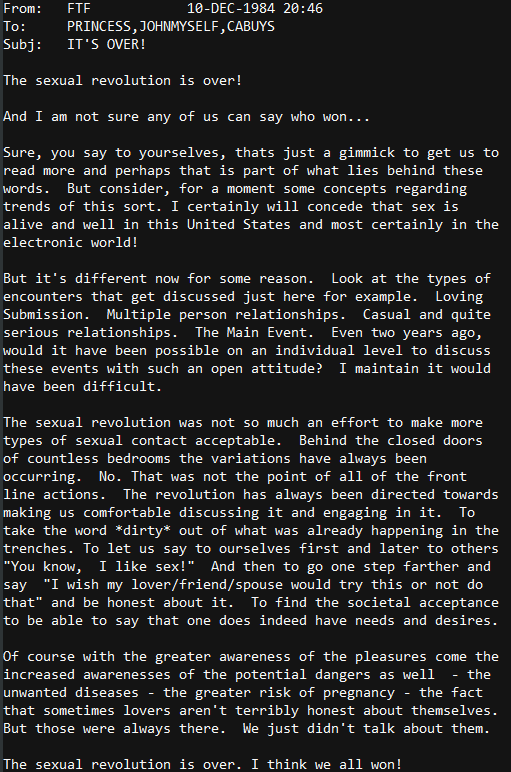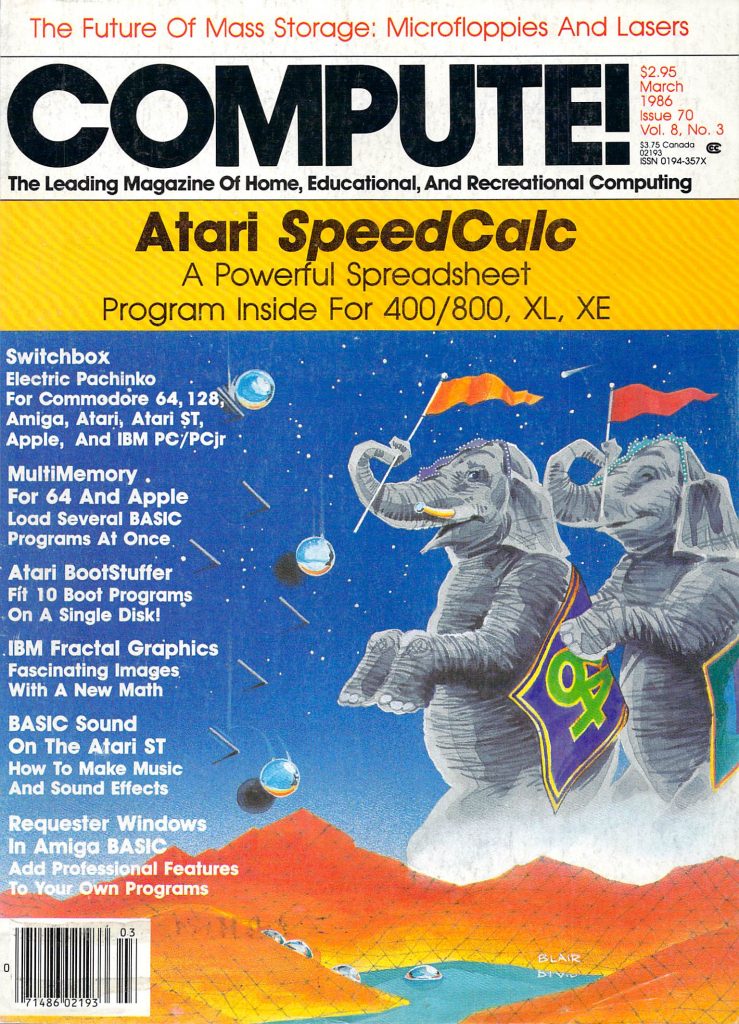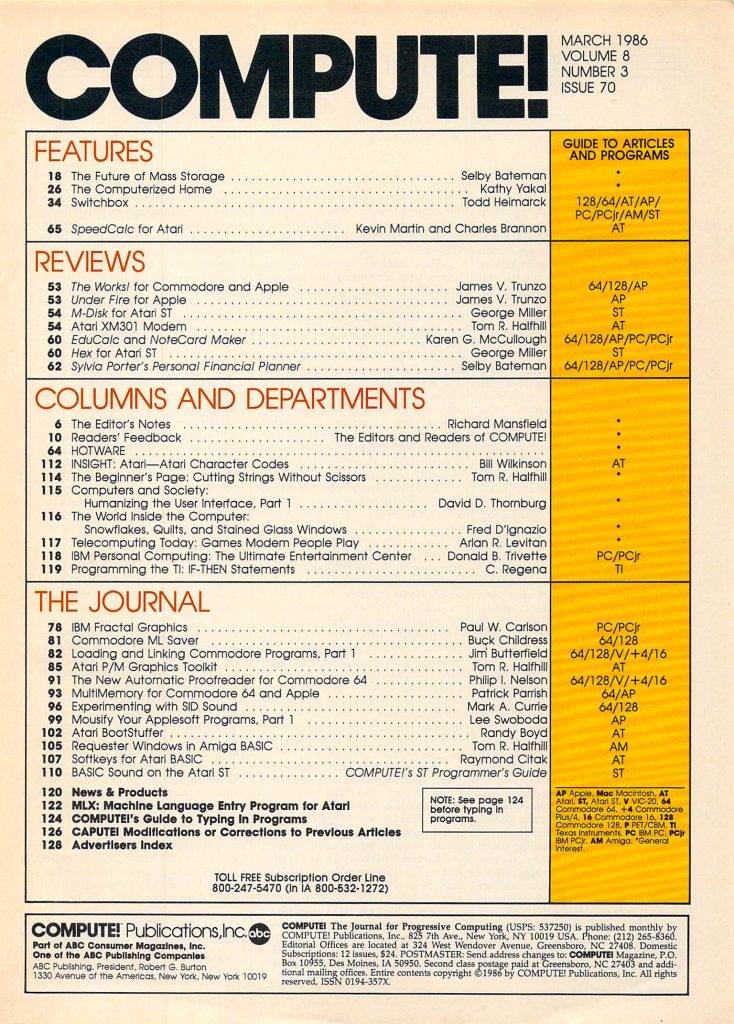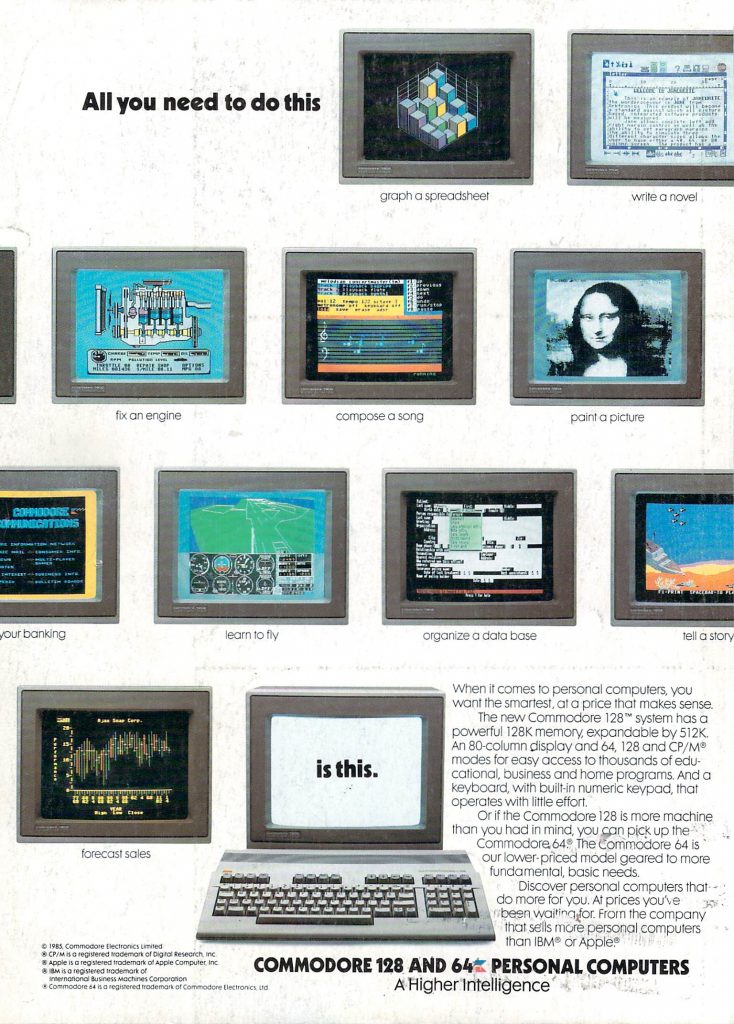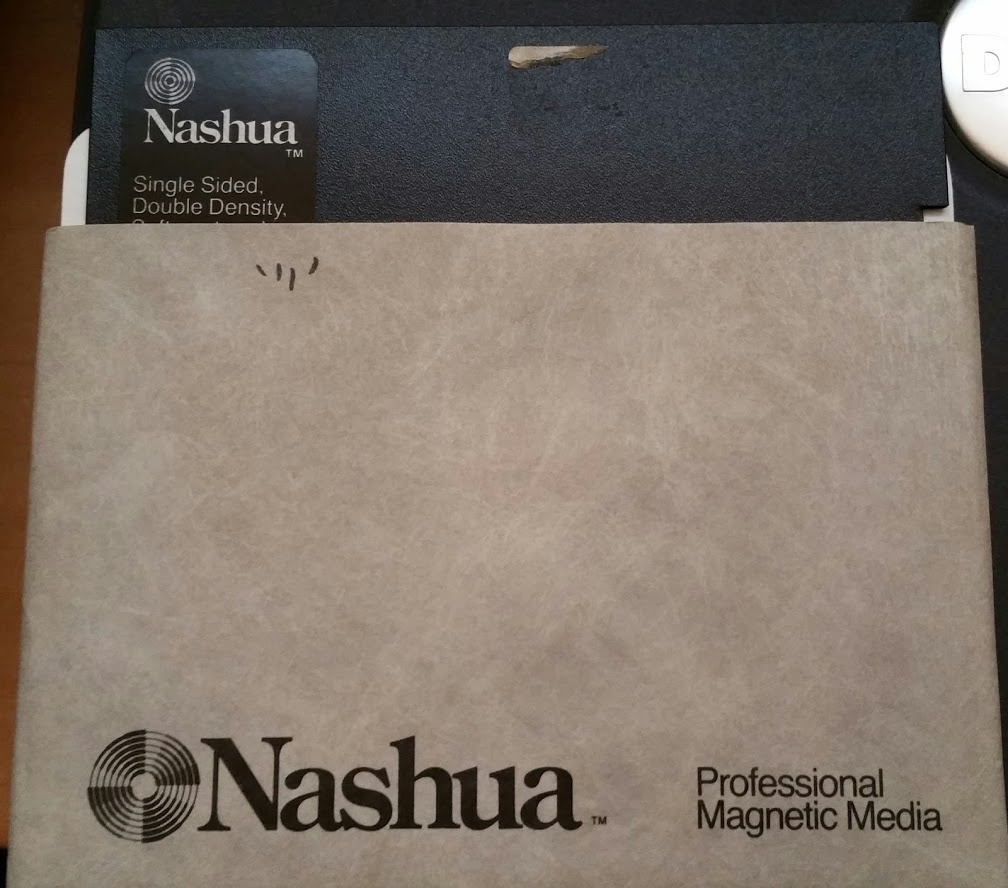
I found a number of 5.25″ disks at a thrift store a number of years ago (we are talking late 1990s probably). I finally got around to acquiring a 5.25″ disk drive and extracting the contents a several years back. Since then, I have been occasionally posting the content here.
Based on the contents, at least some of these disks were apparently once owned by someone named Connie who used to run the “Close Encounters” Special Interest Group (SIG) on Delphi in the mid 1980s.
A description of this SIG was found in a document on one of the disks: “This SIG, known as ‘Close Encounters’, is a forum for the discussion of relationships that develop via computer services like the Source, CompuServe, and Delphi. Our primary emphasis is on the sexual aspects of those relationships.”
This service was text based and was accessed via whatever terminal program you used on your computer to dial in to Delphi’s servers. Many of these disks have forum messages, e-mails and chat session logs. All of this is pre-internet stuff and I don’t know if there are any archives in existence today of what was on Delphi in the 1980s. In any case, much of this stuff would have been private at the time and probably wouldn’t be in such archives even if they existed.
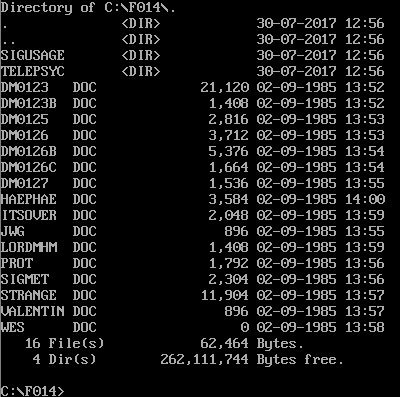
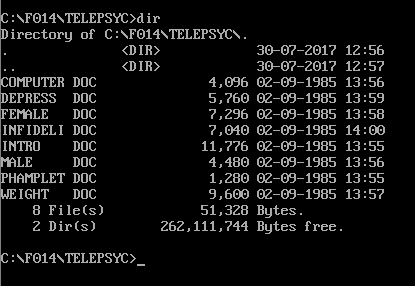
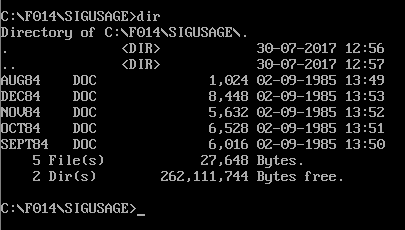
This post includes the contents of ITSOVER.DOC. It contains a single e-mail dated December 10th, 1984. It’s one person’s opinion (going by the handle of FTF) of the sexual revolution and it is tied in to the topics discussed in the Close Encounters Special Interest Group. It looks like this was sent to three people including the manager of this particular SIG. Contents included below:
=-=
ITSOVER.DOC
=-=
From: FTF 10-DEC-1984 20:46 To: PRINCESS,JOHNMYSELF,CABUYS Subj: IT'S OVER! The sexual revolution is over! And I am not sure any of us can say who won... Sure, you say to yourselves, thats just a gimmick to get us to read more and perhaps that is part of what lies behind these words. But consider, for a moment some concepts regarding trends of this sort. I certainly will concede that sex is alive and well in this United States and most certainly in the electronic world! But it's different now for some reason. Look at the types of encounters that get discussed just here for example. Loving Submission. Multiple person relationships. Casual and quite serious relationships. The Main Event. Even two years ago, would it have been possible on an individual level to discuss these events with such an open attitude? I maintain it would have been difficult. The sexual revolution was not so much an effort to make more types of sexual contact acceptable. Behind the closed doors of countless bedrooms the variations have always been occurring. No. That was not the point of all of the front line actions. The revolution has always been directed towards making us comfortable discussing it and engaging in it. To take the word *dirty* out of what was already happening in the trenches. To let us say to ourselves first and later to others "You know, I like sex!" And then to go one step farther and say "I wish my lover/friend/spouse would try this or not do that" and be honest about it. To find the societal acceptance to be able to say that one does indeed have needs and desires. Of course with the greater awareness of the pleasures come the increased awarenesses of the potential dangers as well - the unwanted diseases - the greater risk of pregnancy - the fact that sometimes lovers aren't terribly honest about themselves. But those were always there. We just didn't talk about them. The sexual revolution is over. I think we all won!
